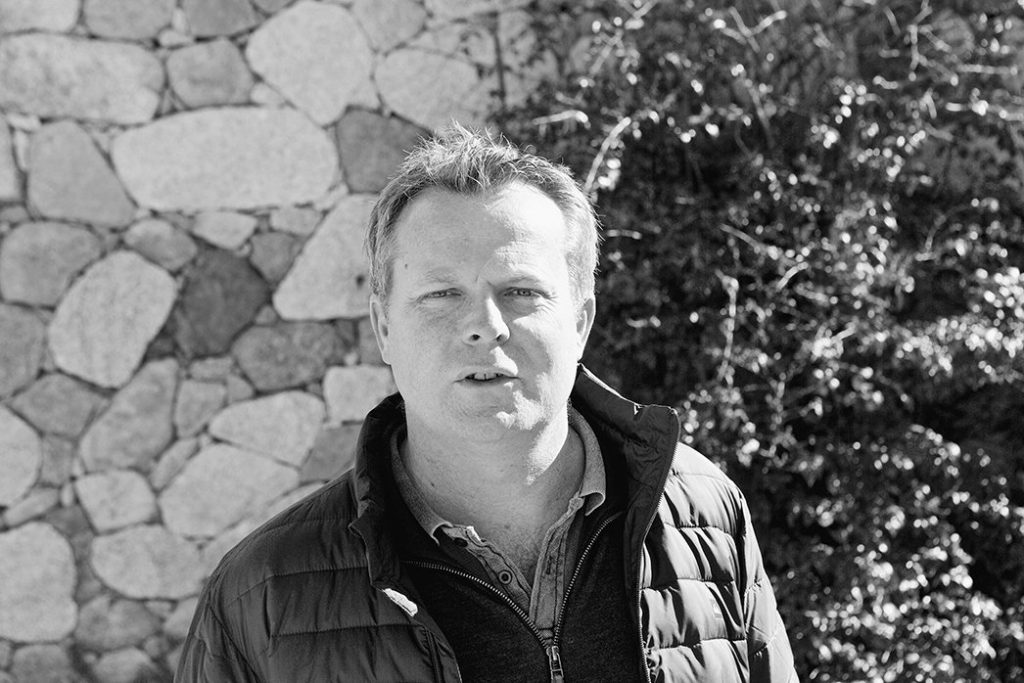
We jumped in Manu’s pickup and barreled down the single-lane country road toward the coast to catch the highway. Manu (pictured above) was texting someone as he drove one-handed and without his seatbelt. He was stressed about how late it was and the explosion of texts and calls that had come in during our visit with Josée that he hadn’t been able to answer. There was traffic coming from the other direction and normally I don’t say much as the passenger, but this time I had to. A tiny car was bearing down on us and just as I called his attention to it, he righted the wheel before we found ourselves in the next life with some poor Corsicans who were simply driving home from work.
Crisis averted, I was able to enjoy the stunning scenery. My head flipped from one wow to the next; it is indeed the “Île de Beauté!” While catching every glimpse of rock around every corner we suddenly and unexpectedly found ourselves driving through a dark and foggy forest with nearly a foot of snow still on the ground. After a late-winter heat spell, a huge, unexpected early spring snowstorm fell over all of Europe, which delayed the season—a series of events that may well result in a legendary vintage on the whole continent.
We sped downhill and Manu didn’t let up. As the sun exploded through the fog we could see that it was falling fast. It was a race against the closing time of his friend’s restaurant, Una Stonda, in Olmeto, and we knew it would be the difference between having a good meal with Corsica’s best seafood, or settling for one of the local tourist traps. Perched behind the wheel, his phone finally put away, Manu’s eagle eyes focused on the tiny road that had turned black once the sun set, looking out for obstacles that could send us into oblivion.
About fifteen minutes from the restaurant and nearly two and half hours since we left Josée, our phone service returned. Manu called to make sure we could sneak in for an eleventh hour bite. No answer. A text: “Sorry Manu, we’re unexpectedly closed today. See you soon.”
Our shoulders dropped and Manu sank into his seat. His foot let off the pedal and we drifted in the quiet air of disappointment, slowing down to pull into what was likely our only option for the night. When you run like hell all day with your mind on the prize of that dinner you can already taste, suddenly everything feels hopeless when it’s snatched out from under you.
Manu said restaurant option number two just wouldn’t be the same, and he was right. The place was filled with young Corsicans playing cards and they weren’t shy about staring. Our menu for the night was bad to average pizza, beer and second-hand smoke.
We woke up too early the next day and the bags under my eyes wouldn’t go away until I got back to mainland France. It was the second night of no more than four hours of sleep, but my energy level was vibrating. After fiddling with my camera, dancing back and forth between French and English, asking Manu a zillion questions that he answered with mind-bending information, and catching up with work back home and with my wife, it often takes hours to come down on days like that.
Things have changed—they were right. I’m over forty now and lucky to get six hours a night because my mind forgot how to stop. I closed my laptop and like so many nights when I work late, there was a faint blue light from the computer screen somewhere between my brain and my eyes. The electrical charge that pulses behind the computer screen seems to continue to twitch and spark in my head; as much as I know this isn’t good for me, I still find myself doing it all the time.
At eight o’clock we had a meeting scheduled with Jean-Charles Abbatucci, one of the greatest producers on the island. Manu talks about him nearly every hour when talking of wine in Corsica. He is Manu’s most significant success story. Manu admires him greatly and I would later observe that the feeling is mutual.
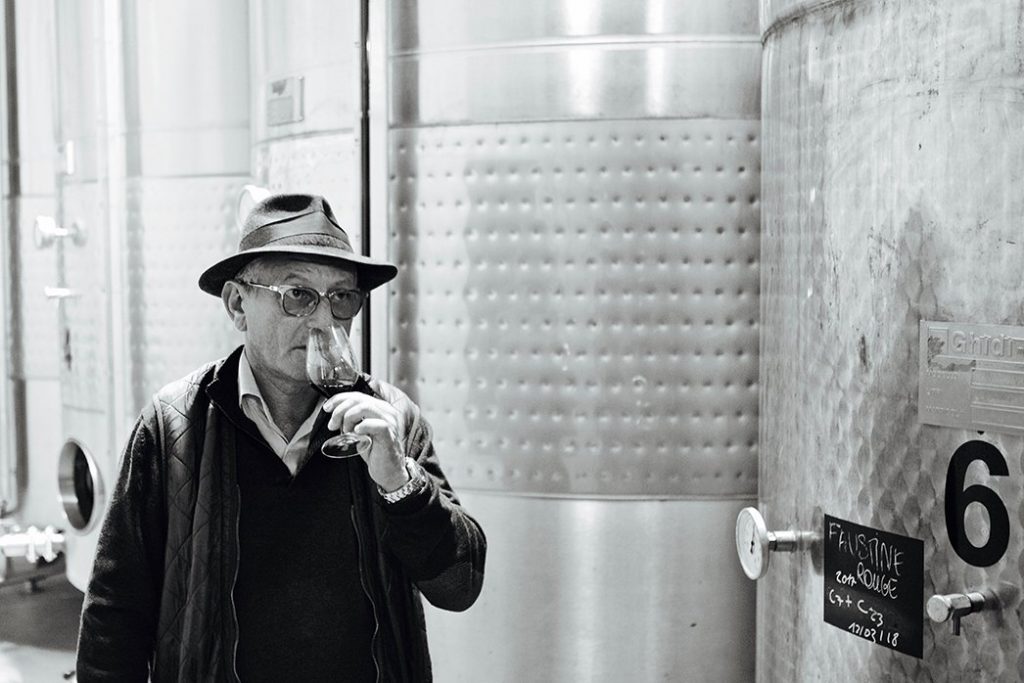
Jean-Charles found his place in the upper echelon of domaines within the last decade, in no small part thanks to Manu, who was clearly a catalyst for the sudden ascent of the domaine. I tasted in his cellar last year and was floored by the wines. He wasn’t there, but we went through his 2016 and 2015 reds and 2016 whites with his assistant. It was a master class in craftsmanship—a phrase I would reserve for only a few experiences I’ve had with any range of wines. The quality across about forty different lots that were to be blended in various ways was stunning. Each one was fabulous in its own right and would have stood alone, and very tall.
Manu told me that one of the reviewers for La Revue du Vin de France, one of France’s top wine review publications, said Abbatucci’s wines were the “missing link” between two of France’s most iconic estates, Château Rayas and Domaine de la Romanée-Conti—what a compliment! But in my opinion, Jean-Charles Abbatucci’s wines have little resemblance to Romanée-Conti or Rayas, except in x-factor. From a non-French perspective, I find them more closely related to the spirit of southern Italian wine, particularly Sicilian.
What I love about Jean-Charles and his wines is that they are the missing link between southern Italy and France, which comes as no surprise considering Corsica’s position between the two countries. His wines are custom tailored to the nature of the grapes and their imprint from the granite soil. They speak Corsican dialect and while they’re now French, they have an Italian history. They’re original (like Rayas) and not a knockoff of style from someone else (like Romanée-Conti). If only there was an estate in Sicily that were making wines as good as Abbatucci!
Jean-Charles Abbatucci is one of the coolest guys I’ve met, anywhere. He has an enormous smile that glows with bright white teeth and his enthusiastic energy permeates the air so much that he’s exciting to be around. When I felt like an intruder on their private tasting, he took the time to walk me through each wine as we went.
I was a little embarrassed as he rattled off the names of grape varieties I didn’t remember hearing before. I had no context for many of them and with most blended together, except the Vermintinu and Sciacerello, it didn’t make it easy to understand them. I managed to absorb some of it but what struck me the most was the spirit of the wines, the intelligence and generosity of Jean-Charles inside them. Like the man himself, many of them were original and unforgettable.
If I would dare say there is a missing link in Corsica between Rayas and Romanée-Conti it would be Domaine Vaccelli, our next visit. Gérard Courrèges’ wines are French in technique, smell and taste—very different from Abbatucci’s. His whites are made in a reductive method, which results in wines with great cut and loads of minerals and stony textures. The rosé out of stainless steel is gorgeous. (He also makes a rosé out of barrel, which I think falls short in the range.) His whites are stellar, but in my opinion the reds are the highest level of his sorcery.
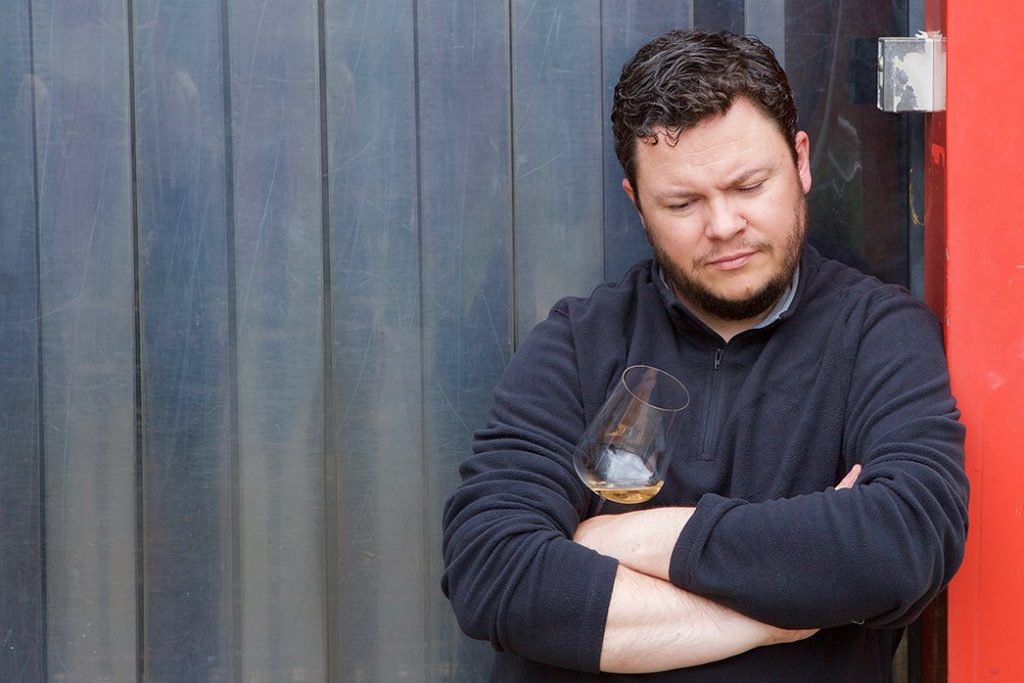
Gérard is in his late thirties and will take more years to build a body of work comparable to Abbatucci. This was my second visit with him and like last time he was quiet and at the same time warm. Inside his rustic winery, he brings a feeling of hospitality to the tastings as he serves one sip after the next with his wine thief, rarely letting a drop hit the floor.
We tasted through his 2016s, which were in tank and headed to bottle shortly, as well as his 2017s that were still in cask and stainless steel. 2016 was once again confirmed as a great vintage for all colors. The reds were standouts on purity and focus. His basic range, Unu, was superb. I have a suspicion that I prefer the basic ranges from most of the producers in Corsica, likely because they are easier for me to appreciate at this point. Gérard’s top reds and whites are money well spent as they are big steps up from the entry-level range.
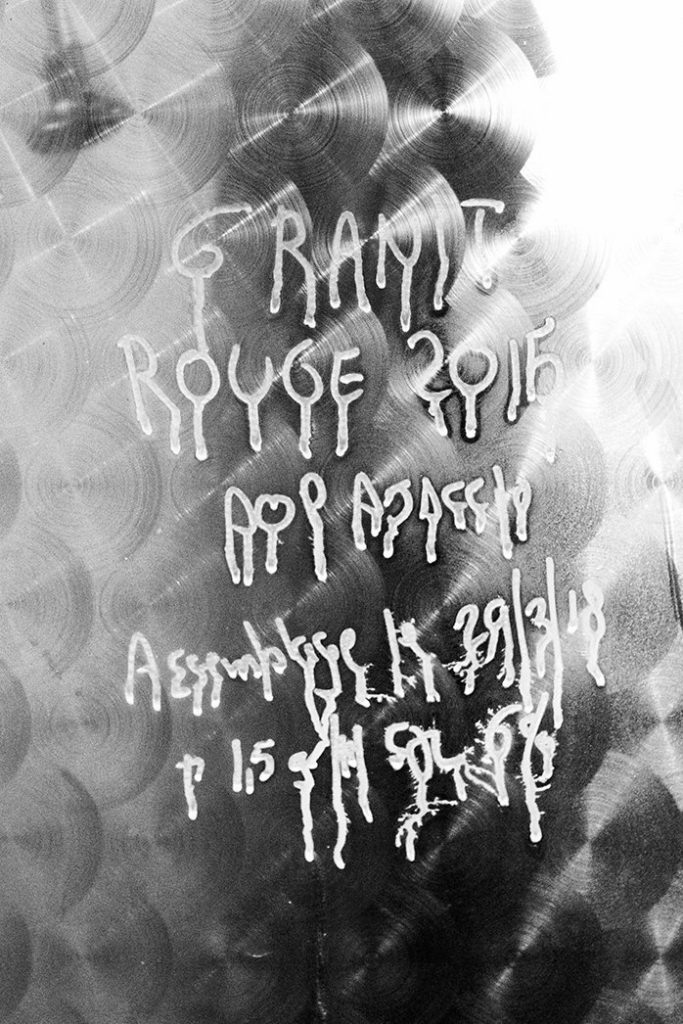
We ended up with an invitation to sit for casse-croûte with the family, a casual lunch of bread, cheese and a series of patés, which in this case came from southwest France, near Toulouse. It was delicious, but again it wasn’t exactly what I needed after twenty-four days of mostly the same diet in mainland France. For someone like me (who only eats some meat and mostly vegetables with very little starch at home), rich winter foods for long periods on the road in Europe can be tough. Sounds like torture, I know.
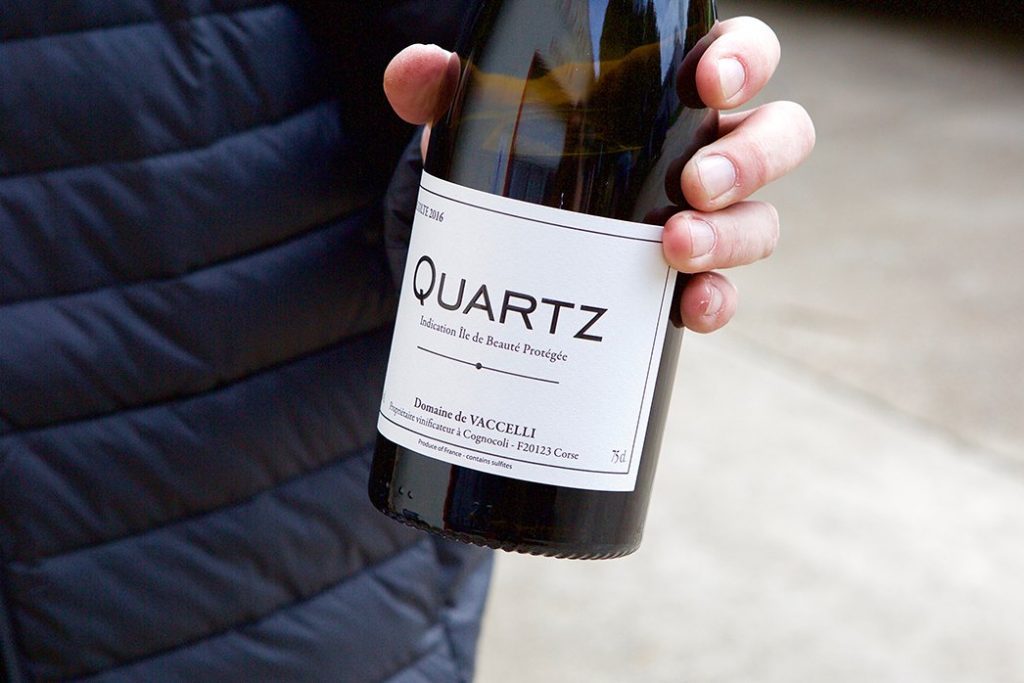
After lunch we were off to Ajaccio, the capital of Corsica and the birthplace of France’s most notorious historical figure, Napolean Bonaparte.
Next Week: Of Corse Part 5 of 9: Ajaccio, Electricity and the Concrete Egg


